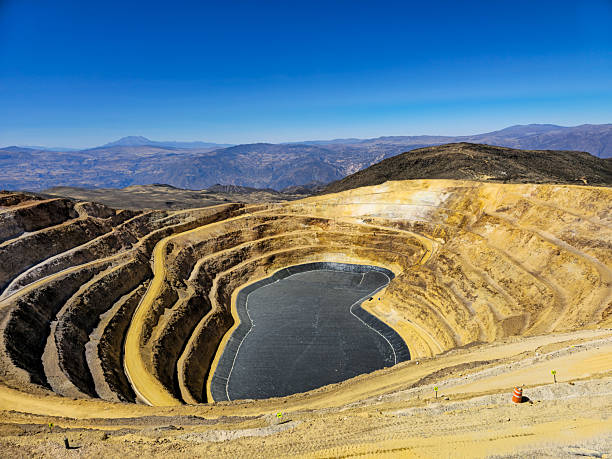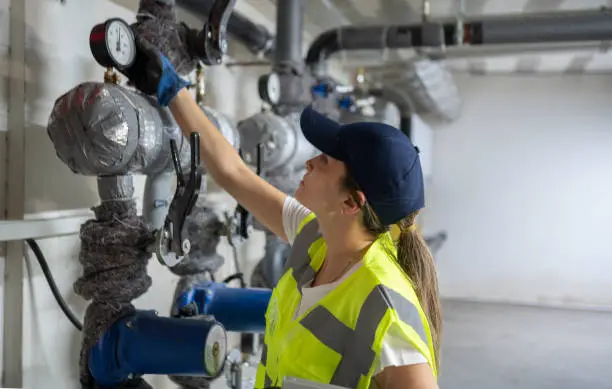Protect Arctic from climate engineering — that’s the urgent message from more than 40 polar scientists who have warned against risky geoengineering projects in the Arctic and Antarctic. Their findings, published in Frontiers in Science, argue that artificially manipulating polar environments to slow global warming could do more harm than good.
These warnings come at a time when climate change is accelerating, with 2025 likely to be one of the hottest years on record. As global temperatures rise, some researchers and policymakers have floated ideas like thickening Arctic sea ice, spraying reflective particles into the sky, or even building giant ocean barriers to cool the poles.
But according to the authors of this new study, such projects are “dangerous distractions” that risk destabilizing weather patterns, sparking geopolitical conflicts, and delaying the most urgent solution — cutting greenhouse gas emissions.
1. Geoengineering Could Cause Severe Environmental Damage
One of the central arguments of the report is that climate engineering in the polar regions could create unintended environmental side effects. Proposals like pumping seawater onto ice sheets to thicken them or releasing reflective aerosols into the upper atmosphere are highly experimental.
Lead author Professor Martin Siegert of the University of Exeter warned that even if such projects could work theoretically, “they risk triggering changes to global weather systems that are far worse than the problem they aim to solve.”
For instance, artificially cooling the Arctic might shift monsoon patterns in Asia, disrupt rainfall in Africa, or affect crop cycles in Europe — consequences that could threaten food security for millions.

2. The Projects Are Logistically Unrealistic
Scaling up these ideas would require massive infrastructure and enormous costs. One recent proposal suggested pumping seawater over large sections of Arctic ice during winter to make it thicker and less likely to melt in summer.
However, to cover just 10% of the Arctic, researchers estimate that over 10 million seawater pumps would be needed, operating in one of the harshest environments on Earth.
Even a single installation would be difficult to maintain amid extreme cold, storms, and shifting sea ice. “The engineering challenge is so enormous that it is extremely unlikely to make a real difference in time to stop major ice loss,” the authors note.
3. Geoengineering Risks Distracting from Net Zero Goals
Perhaps the most urgent concern is that geoengineering could create a dangerous illusion of an alternative solution to climate change. If governments and industries believe that technology can simply “fix” the Arctic, they may slow down efforts to cut carbon emissions — which remain the only proven way to stop global warming.
“Almost anything we do is futile without emissions reductions,” said Dr. Shaun Fitzgerald, director of the University of Cambridge’s Centre for Climate Repair. He supports research into potential tools, but agrees that reducing fossil fuel use must remain the top priority.
4. Governance and Geopolitics Could Spark Conflict
Another major issue raised by scientists is governance. The Arctic is shared by multiple nations — including the U.S., Canada, Russia, and Nordic countries — while the Antarctic is governed by international treaty.
Who would have the authority to decide to deploy geoengineering technology in such sensitive regions? If one country acted unilaterally, it could create diplomatic crises or even military tensions.
Dr. Valerie Masson-Delmotte, a senior scientist at Université Paris Saclay, warned that geoengineering “could increase geopolitical tensions in polar regions,” potentially sparking disputes over who controls the planet’s climate thermostat.
5. Costs and Opportunity Losses Are Too High
Finally, the researchers argue that the money, time, and political focus needed for these projects would be better spent on proven solutions. Transitioning to renewable energy, investing in green infrastructure, and funding polar research can all deliver measurable benefits today.
The UK government recently pledged nearly £60 million to study potential climate interventions. But the scientists behind the report say such funding would be better directed at decarbonization and protecting vulnerable ecosystems, not speculative mega-projects.
Supporters Still See Research Value
Not all experts oppose researching geoengineering entirely. Supporters argue that studying these technologies could provide valuable insights in case global warming reaches dangerous tipping points.
Dr. Fitzgerald, while agreeing with the study’s concerns, says “more research allows society to make more informed decisions” about whether to ever use such methods.
Still, even advocates stress that no large-scale deployment should happen until its safety, effectiveness, and governance are fully understood — a process that could take decades.
Why This Warning Matters Now
Arctic sea ice is shrinking at an alarming rate, with scientists warning it could experience ice-free summers within two decades. The Antarctic is also facing record-low ice coverage and accelerating glacier loss, threatening global sea levels.
This sense of urgency fuels interest in technological fixes, but the authors of this study emphasize that quick fixes could backfire. They argue that focusing on emissions cuts, global cooperation, and adaptation strategies remains the safest path forward.
Source: BBC News


